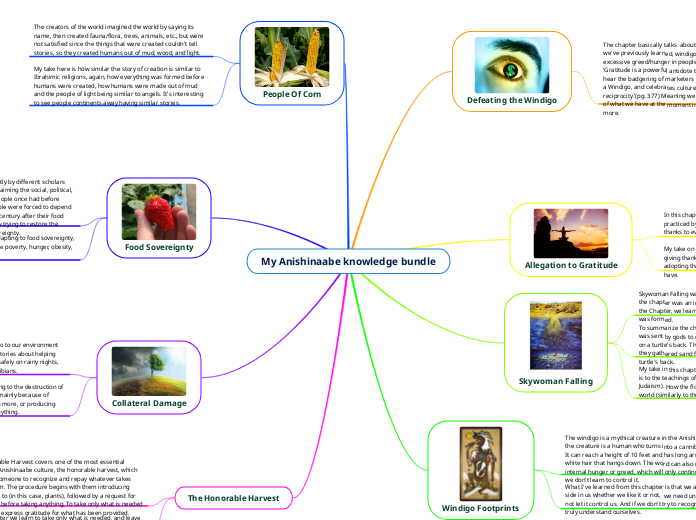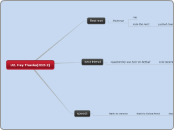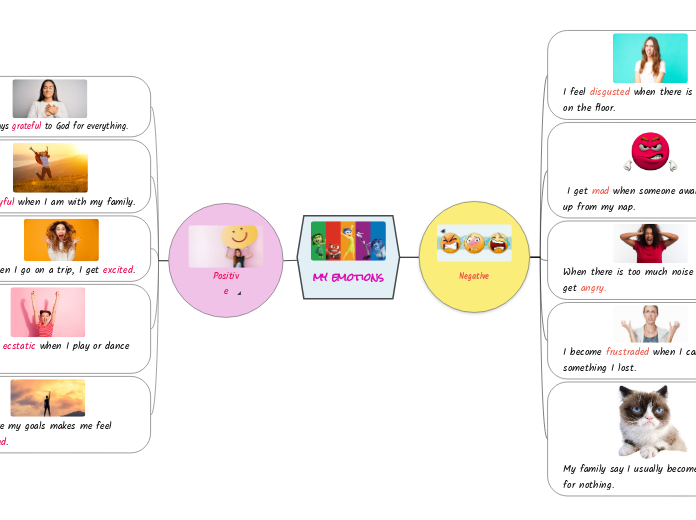door Shamsa Mohamed 2 jaren geleden
208
My Anishinaabe knowledge bundle
The Anishinaabe culture emphasizes the principle of the honorable harvest, which involves showing respect and gratitude towards nature. This practice includes seeking permission before taking anything from the environment, taking only what is needed, and ensuring that resources are left for others and future generations.









